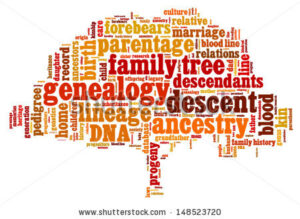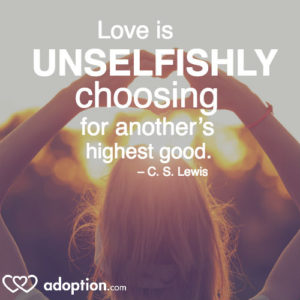March 20, 2018
Giving Your Child A History
History for an adopted child is a unique concept. They certainly have a history, just like anyone else, but its documentation is different. They may never see photos from their birth parent’s childhood or what their birth grandparents look like. It changes what they have to reflect on as they age, because it’s quite possible that the only history they’ll ever know begins with you.
So how do you preserve that?
Find, file, and take photographs. Make a conscious effort to photograph moments in their lives both major and minor. And not just photos of them, but photos with you, their friends, the family — anyone who is helping build their history post-adoption. This will help them remember the breadth of their life as they grow up, and the people who meant something to them. It’s something to both hold onto and pass down.
Keep artifacts from many places. Not only relics from their childhood, but relics from your childhood, relics from your parent’s childhood. Pieces and mementos they can hold close, incorporate into their home, and share with their family when they grow up. This allows them to experience and share their family’s history at different stages in their life. It may not mean anything to them when they’re five years old, but when they’re 45 and explaining how they grew up to their children, a family keepsake means the world.
Make sure they’re included when family members pass away. When adult family members like grandparents die, it’s usually the other adults who come in and take care of things. But children, especially young ones, often get left behind in these proceedings, and may emerge with no piece of their loved one to call their own. Be mindful of including your children in the appropriation of final belongings. The opportunity to keep and treasure something that meant a lot to them (and to their loved one) is a lifelong comfort.
Ask them what they want to know about their history! Make it a conversation, exchange the dialogue. Go through a family tree with them, explain their history and engage them in telling the story. So often adopted children are assaulted with the family tree exercise at school, and it becomes an activity that causes stress and feelings of isolation, rather than something they feel in control of. Get ahead of that by equipping them with a history of your family before it becomes a school assignment, and allow them to take ownership of the family lineage they’ve joined.
Engage their birth family’s history as much as possible. Whatever you know, share with your child. Weave it into the history they share with you — the two don’t need to be separated, they are both deeply vital to who your child is and how they see and experience the world. If you have a more open relationship with your child’s birth parents, bring them into the conversation when it’s appropriate. It’s not about separating your child’s histories into two different experiences, but acknowledging both with equal weight and reverence so they get to live in a world where their histories come together, not divide.



